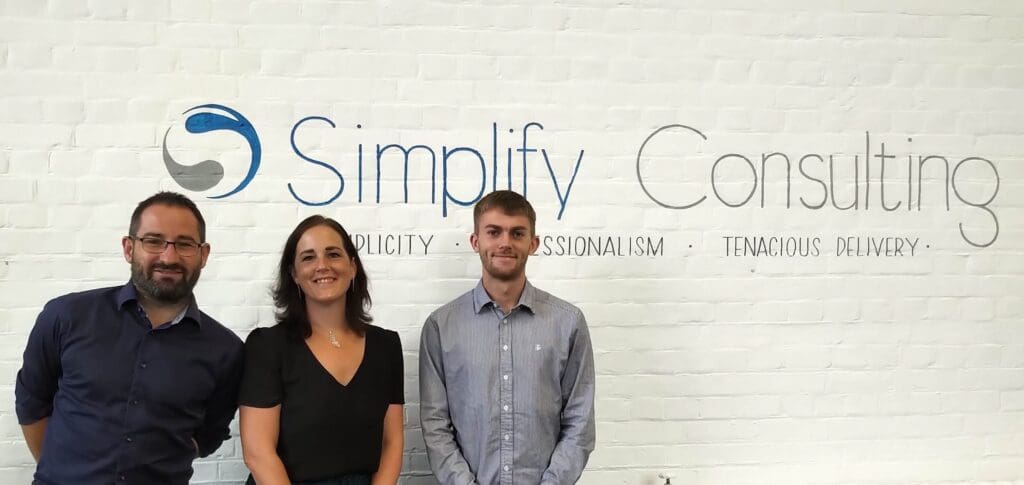
Aneta Murdza
Wealth Consultant
..
Project initiation sets the foundations for successful delivery of a project.
It is a point in time when the project is being formed, when we get clarity on what the project is expected to deliver, when and how. At the same time, it’s the phase that may not be given the attention needed, as the focus can often shift towards immediate deliverables.
There are some key aspects of the project though that need to be fully considered, documented, and agreed upfront as they will act as a single source of truth for all stakeholders to refer to throughout the project.
It’s not uncommon that something we believe in and understand today does not align with what others may perceive it as, either today or at the later date. If not agreed and documented, this can lead to misunderstandings and the future misalignment of the expectations. Agreeing the key aspects of the project and documenting it upfront is key to a healthy project kick off. PID (Project Initiation Document) or Project Brief are the most common documents used to support it.
Over the years we’ve worked with number of clients to help them initiate or re-align their projects. To set the project for success, we always ensure that the following project aspects are clearly defined and agreed: project goals, project objectives, the scope, the timelines, the structure and roles and responsibilities.
We’ve summarised some of our top tips on starting a new project, to help you towards achieving a more successful delivery.
Project goal or project mission – It provides justification for the whole project. Ensure that the problem the project is looking to solve is clearly stated, agreed with the sponsor and key stakeholders and also documented. This will avoid any ambiguity and can be easily referred to throughout the project lifecycle.
Project objectives – by providing specific objectives, we provide clarity on the project and expectations e.g. to improve business processes, at high level, we need to identify list of processes, understand the current state, understand issues, identify opportunities, map the future state and implement the changes identified.
Critical Success Factors – they define how we measure if the project achieves its goal or mission. It is important that the critical success factors are clear, measurable but also… communicated! For a project to be successful, the whole team needs to understand the success criteria. E.g., a reduction in time required to complete process x by y mins or a reduction in errors by x%.
Project scope – provide as much detail as possible on what falls in scope but also be specific on what falls outside. This will define clear boundaries for your project and remove any ambiguity. If not documented appropriately, it can impact on project timelines and overall delivery.
Ways of working – clearly defined ways of working enable the project to move smoothly throughout the delivery cycle. Describe how the team will work together – define the structure, project governance and the roles and responsibilities of those involved. Be clear on who your key stakeholders are outside of the immediate project team and who the steering committee comprises of. A RACI (Responsible, Accountable, Consulted, Informed) matrix, can help with defining stakeholders’ level of involvement in the project.
Plan – a milestone plan, a visual roadmap with the key phases and activities of the project will suffice at this stage. It provides the basis for development of the detailed plan and forms a baseline against which the progress can be monitored.
RAIDS – projects often derail because of unforeseen circumstances so it’s important that any risks, issues, assumptions, and dependencies are understood, documented and managed. You can learn more about Project Governance and Controls and how to manage project risks and issues from our previous blogs on these subjects.
Change Control – it is normal that the changes to the project are identified. Any items raised will require a change request to be formally submitted to the project sponsors for approval. Only when agreed, the change can be formally adopted into the project. Establish a change log so any change requests are recorded and maintained.
Communication – document and communicate the above information to keep sponsors and stakeholders clear on the project boundaries and manage their expectations. A comprehensive PID helps to achieve this. Once agreed, this acts as a reference point to clarify any ambiguity on what is expected. Ensuring it is kept up to date is key. It also helps when any new stakeholders get involved in the project.
Project Kick off / Project Initiation Workshop – this forum helps outline, communicate, and agree the above points with all your stakeholders. Prepare well as this will set the tone for your project. It opens communication channel with your project team and builds the enthusiasm for the project.
Lack of considerations for the above points can prevent the project to deliver successfully. It can cause a delay to project, increase costs, and even lead to the project failing completely.
At Simplify Consulting we have many collective years of experience, helping clients initiate, manage, and deliver projects successfully. We have seen numerous instances of projects where not enough focus was provided at project initiation. As a consequence, projects suffered difficulties in understanding the aim, objectives, scope creeps and not being able to deliver to time, quality and budget.
If you’d like to know more about how we can help guide you through setting up and running your projects, please get in touch with us using [email protected]





















































































































































































































